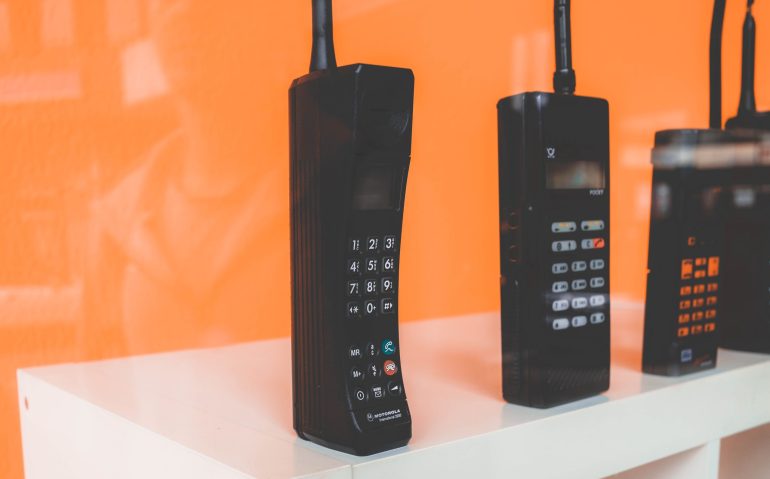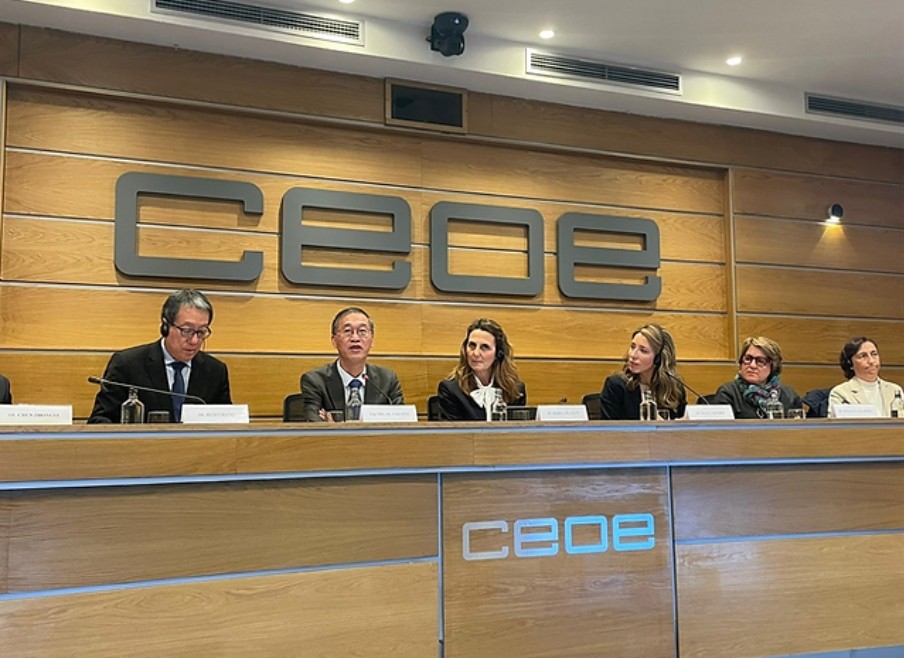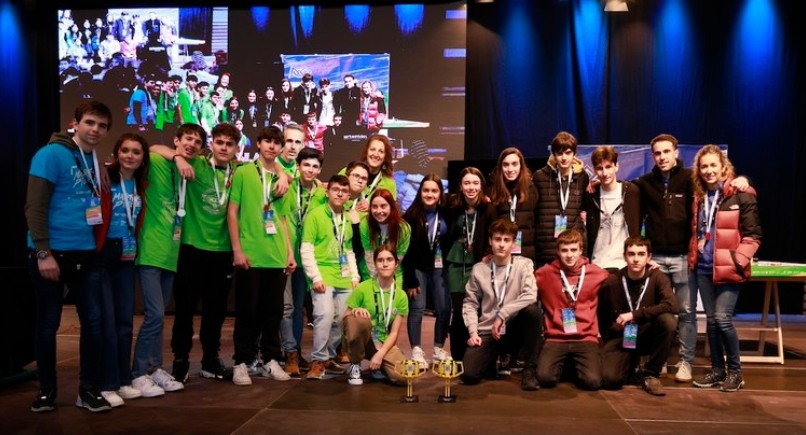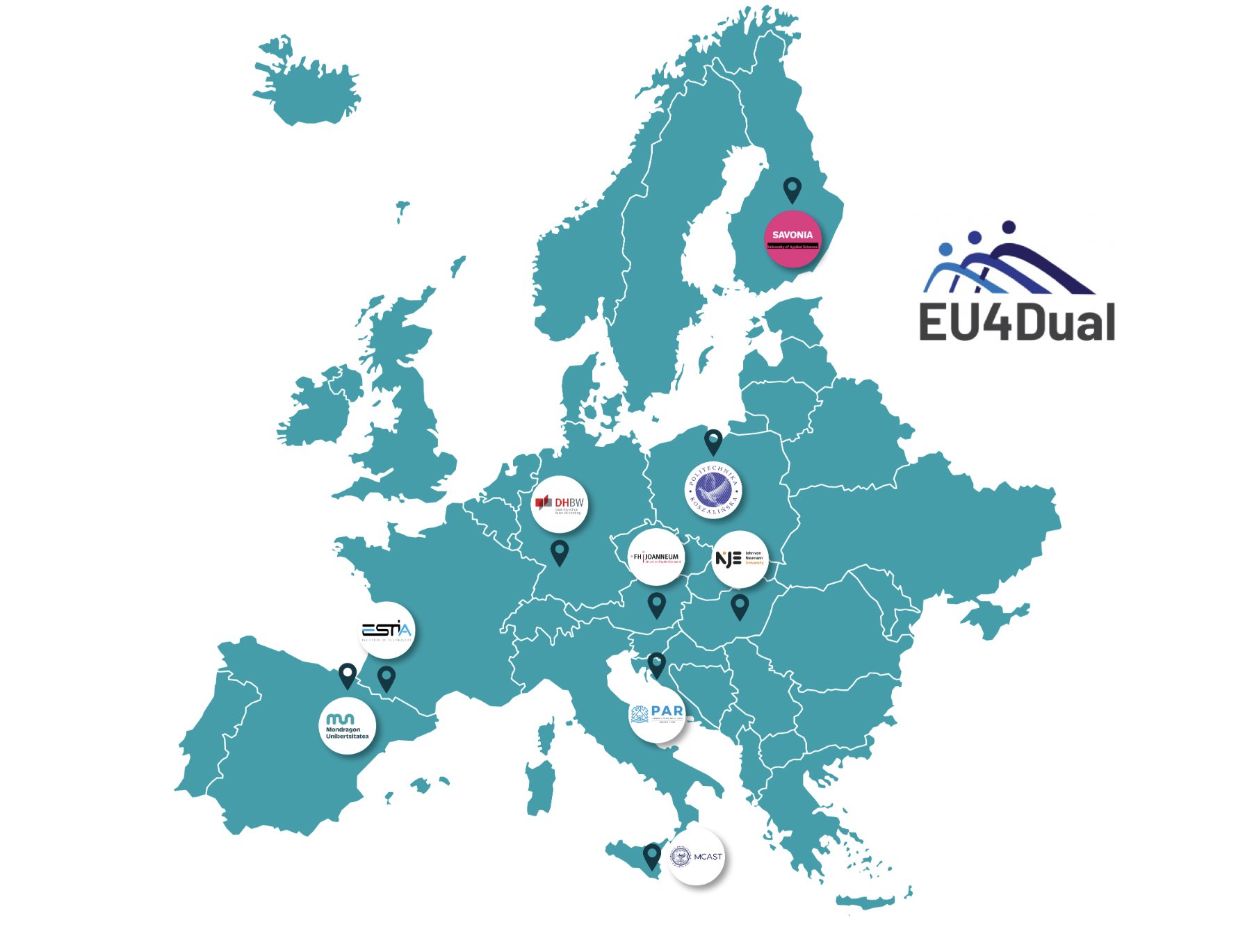The device came onto the market in 1994 and was marketed until 1995. It featured a 4.5-inch monochrome touch screen. It allowed you to make and receive calls, faxes and email.
Before the Palm Treo 650, the BlackBerry 5810, and even long before the iPhone, IBM introduced what we know today as the world’s first smartphone. The device was known as the Simon Personal Communicator and it allowed you to perform a variety of tasks that today would not be surprising in the least, but that at that time represented an enormous technological advance.
Simon was a telephone, a fax machine, a pager, an email device and much more. It also had an address book, calendar, calculator, world clock, notepad and on-screen keyboard. Its most distinguishable feature, perhaps, was that it had a touch screen that worked with a stylus. This came to market in a single device back in 1994.
The smartphone that appeared almost 30 years ago. Almost thirty years have passed since then and, certainly, the world has changed substantially. Smartphones are part of our lives and, we could say, they have become almost indispensable tools in our daily lives. But this has not always been the case and when Simon hit the market no one desperately came out to buy it and it only sold 50,000 units.
In fact, it had a very brief commercial journey. It was launched by the operator in 1994 and was sold until February 1995. Its availability was limited to the United States and was sold only through the operator BellSouth at a price of $899 with a two-year contract or 1099 without a contract. One of the limitations was mobile coverage, restricted to 15 of the country’s 50 states.
Mobile networks, remember, were in full development. Yes, products like the Motorola StarTAC already existed, but landline phones were still the standard. Despite its benefits, Simon had a nickel-cadmium battery that gave it a maximum autonomy of 60 minutes, so it arrived accompanied in the box by a charging station to connect it often.
Furthermore, as we can see in the images, it was not small either. It was 20 centimeters high, 6.4 cm wide and 3.8 cm thick. And it weighed just over half a kilogram. Of course, inside, in addition to the battery, there was a 16 MHz NEC V30HL processor, 1 BM of PSRAM memory, 32 KB of SRAM memory, 1 BM of NOR Flash memory and a 4.5” monochrome LCD screen .
Simon’s engineering team began working on a second generation of the device known internally as Neon. The successor to the first smartphone in history was going to be lighter and would come with new functions, but IBM simultaneously promoted massive personnel cuts that ended up affecting the project, making Simon the only IBM smartphone.













